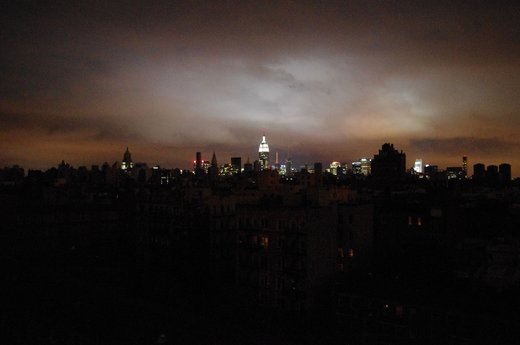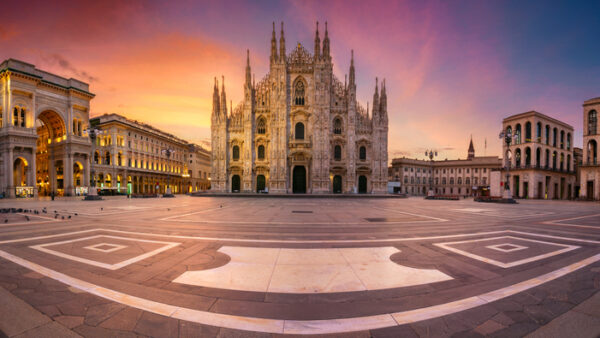13 June 2013
Flood walls, levees, and bulkheads could be built along New York’s 520-mile coastline to protect the city against another Sandy.
New York City Mayor Michael Bloomberg has announced a $20bn plan to protect the city from rising sea levels and storm surges following the destruction from Hurricane Sandy last year that cost the city an estimated $19bn in damage and lost economic activity.
The mayor’s proposal would see a network of flood walls, levees, and bulkheads built along the city’s 520-mile coastline.
Half of the proposed cost – $10bn – has already been allocated from federal and city money. A further $5bn will come from congressional aid allocated following Sandy, while $5 billion would still need to be raised.
Bloomberg has defended the plan, saying that while the cost was high, the cost of doing nothing would be much higher.
He said that a combination of rising sea levels and population growth in the expanding floodplain would mean that a repeat of Sandy in around 2050 would lead to $90bn in damage.
“This plan is incredibly ambitious, and much of the work will extend far beyond the next 203 days, but we refused to pass the responsibility for creating a plan onto the next administration,” he said in a speech on 11 June. “This is urgent work, and it must begin now.”

New York in partial blackout as Hurricane Sandy hits, October 2012. (Credit: David Shankbone/Wikimedia)
If the city can raise the $5bn, it will be a good time to be a civil engineer in New York.
The plan runs to 438 pages and contains 250 recommendations including construction of barriers to protect several of the city’s vulnerable coastal areas, including Hunts Point, the hospitals on the East Side, Chinatown, the financial district, and Red Hook, Brooklyn.
The plan also calls for a system of permanent levees on Staten Island, as well as for concrete bulkheads and dune systems to be built in various areas along the coast. It includes proposals to fortify and protect the city’s power infrastructure, and would give homeowners over $1bn to protect their own homes.
Increasing risk
The plan’s full scope goes well beyond $20bn. Not included in the cost estimate are more ambitious projects that require further study, like the construction of a so-called Seaport City south of the Brooklyn Bridge in Manhattan modeled after Battery Park City.
This would protect Lower Manhattan but cost billions more.
The mayor’s office has also released information on what they predict would be the effect of climate change on the city.
Officials estimate that more than 800,000 city residents would live in the 100-year floodplain by the 2050s, more than double the 398,000 currently at risk, based on new maps released by the Federal Emergency Management Agency.
Environmental and business groups largely praised Mr. Bloomberg’s initiative, though some experts questioned whether the city needed to consider evacuating some areas.






